Most Frequently Asked Questions Answered on Dog Toys
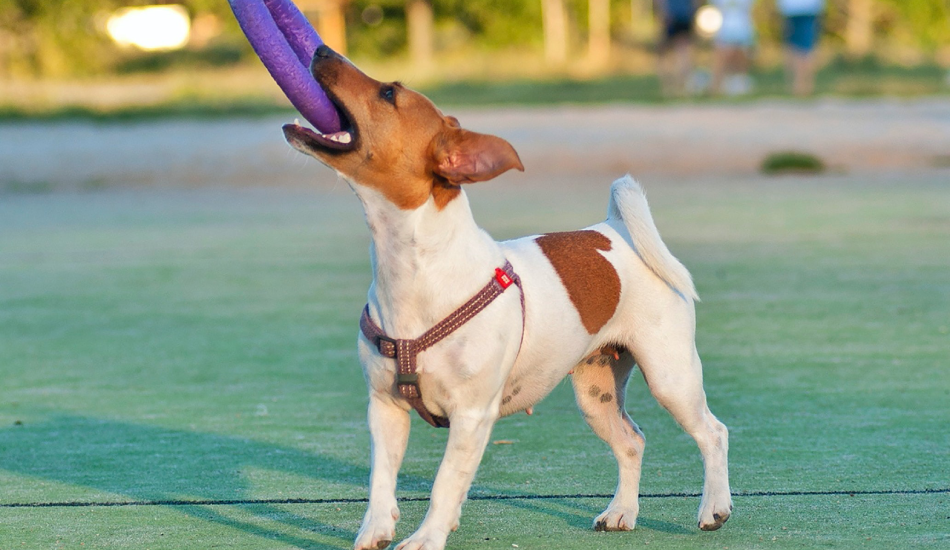
If you're a dog owner or looking to adopt a furry friend, you've probably wondered about the importance of toys in a dog's life and how to choose the right ones. We've compiled a list of common queries (FAQs) to help you understand everything you need to know about dog toys.
Most Frequently Asked Questions (FAQs) Answered on Dog Toys
Which Dog Toys Are the Best?
When it comes to choosing the best dog toys, a lot depends on your doggo’s individual preferences, age, size, and activity level. Here are some popular types of dog toys that many dogs enjoy:
- Interactive Toys: Toys that engage your dog's mind and require problem-solving, such as treat-dispensing puzzles or interactive plush toys.
- Chew Toys: Durable toys designed to satisfy your dog's natural urge to chew, like rubber or nylon chew toys.
- Fetch Toys: Toys designed for playing fetch, such as tennis balls, frisbees, or fetch sticks.
- Plush Toys: Soft and cuddly toys that can provide comfort and companionship for some dogs.
- Rope Toys: Great for interactive play and tug-of-war games.
- Squeaky Toys: Toys that make squeaking noises, which can excite and entertain some dogs.
- Floating Toys: Toys that can float on water, ideal for water-loving dogs or pool play.
Remember to always supervise your dog while they are playing with toys, especially if the toy has small parts that could be a choking hazard or if your dog is an aggressive chewer. It's essential to choose toys that match your dog's size and play style to ensure they have a safe and enjoyable playtime experience.
Which Dog Toys Are Indestructible?
While no dog toy is truly indestructible, some toys are designed to be exceptionally durable and withstand rough play and aggressive chewing better than others. Here are some types of dog toys known for their sturdiness:
- Kong Toys: Kong makes a line of rubber toys that are renowned for their durability. They are designed to be stuffed with treats, which can keep dogs engaged for extended periods.
- Nylabone Toys: Nylabone offers tough nylon chew toys that can handle aggressive chewing and promote dental health.
- GoughNuts Toys: GoughNuts produces reinforced rubber toys designed for power chewers, and they have a unique safety indicator to let you know when it's time to replace the toy.
- West Paw Zogoflex Toys: Made from tough and flexible materials, these toys are known for their durability and come in various shapes and sizes.
- JW Pet Megalast Toys: These toys are made from a tough rubber-like material and are designed to withstand rough play.
Remember that even with these durable options, no toy is completely indestructible, and it's essential to regularly inspect your dog's toys for signs of wear and tear. If you notice any pieces coming loose or the toy becoming damaged, it's best to replace it to prevent any potential choking hazards. Additionally, always supervise your dog during playtime to ensure their safety.
What Kind of Dog Toys Are Safe?
Safe dog toys are those that are specifically designed with the well-being of dogs in mind and do not pose any potential hazards. Here are some characteristics of safe dog toys:
- Non-Toxic Materials: Choose toys made from non-toxic materials that are safe for dogs to chew and interact with.
- Size Appropriate: Select toys that are the right size for your dog. Avoid toys that are too small, as they can pose a choking hazard, or too large, as they may be difficult for your dog to handle.
- Durable Construction: Opt for toys that are well-made and can withstand your dog's chewing and play habits. Avoid toys with easily detachable parts that can be swallowed.
- No Small Parts: Ensure the toy doesn't have any small parts or components that could be ingested by your dog.
- Supervised Play: Always supervise your dog during playtime, especially with new toys, to observe how they interact with the toy and ensure their safety.
- No Harmful Fillings: For plush toys, check that they don't contain harmful fillings or stuffing that your dog could ingest.
- Vet-Approved: If you are unsure about a particular toy, consult with your veterinarian to ensure its safety for your dog.
Remember that every dog is unique, and what may be safe for one dog might not be suitable for another. Observe your dog's play style and preferences to determine which toys are the safest and most enjoyable for them. Regularly inspect toys for signs of wear and tear and replace them as needed to keep your furry friend safe during playtime.
What Dog Toys Are Best for Puppies?
When choosing toys for puppies, it's essential to consider their age, size, and developmental needs. Puppies are curious and energetic, so toys that promote mental stimulation, aid teething, and encourage interactive play are ideal. Here are some of the best types of toys for puppies:
- Soft Plush Toys: Gentle plush toys can provide comfort and companionship for young puppies. Look for ones without small parts that could be swallowed.
- Teething Toys: Puppies go through a teething phase, and providing them with soft, rubbery teething toys can help soothe their gums and prevent them from chewing on inappropriate objects.
- Interactive Puzzle Toys: Toys that require problem-solving, such as treat-dispensing puzzles, can keep puppies mentally engaged and entertained.
- Squeaky Toys: Toys that make noise, like squeaky toys, can capture a puppy's attention and make playtime more exciting.
- Rope Toys: Great for interactive play and gentle tugging, rope toys can also help with teething.
- Chew Toys: Durable chew toys, like Kong Puppy Toys, are designed to withstand teething and satisfy a puppy's natural urge to chew.
- Balls: Soft, lightweight balls that are easy for puppies to carry and chase can provide fun and exercise.
Always supervise your puppy during playtime to ensure their safety. Additionally, rotate the toys to keep things interesting and prevent boredom. As your puppy grows, their toy preferences may change, so pay attention to what they enjoy most and adjust the toys accordingly to provide enriching and safe play experiences.
What Dog Toys Keep Them Busy?
Several dog toys are designed to keep dogs mentally and physically engaged, helping to prevent boredom and promote healthy behaviors. Here are some dog toys that can keep them busy:
- Interactive Puzzle Toys: These toys challenge dogs to figure out how to access treats or rewards hidden inside. They stimulate their problem-solving skills and provide mental stimulation.
- Treat Dispensing Toys: These toys dispense treats or kibble as the dog plays with them, encouraging them to stay engaged and work for their food.
- Busy Buddy Toys: Busy Buddy toys are designed to hold treats and keep dogs occupied for extended periods.
- Chew Toys: Durable chew toys, like Nylabones or Kong toys, can keep dogs engaged and satisfy their natural urge to chew.
- Tug Toys: Interactive tug toys allow you to engage in play with your dog, providing physical exercise and mental stimulation.
- Squeaky Toys: Toys that make squeaking noises can entertain and intrigue dogs, encouraging them to interact with the toy.
- Snuffle Mats: Snuffle mats are designed to mimic foraging for food in grass, stimulating a dog's sense of smell and providing a fun activity.
- Tennis Balls and Fetch Toys: Playing fetch with tennis balls or other fetch toys can provide physical exercise and keep dogs mentally stimulated.
Remember that each dog is different, and their preferences may vary. Observe your dog's behavior and play style to determine which toys they enjoy the most and keep them engaged. Always supervise playtime and regularly inspect toys for signs of wear to ensure your dog's safety.
Which Toy Dog Breeds Don’t Shed?
Yorkshire Terrier (Yorkie): Yorkies have a beautiful, silky coat that sheds minimally.
Shih Tzu: Shih Tzus have a long, luxurious coat that requires regular grooming but tends to shed less.
Bichon Frise: Bichon Frises have a curly, hypoallergenic coat that sheds minimally.
Toy Poodle: Poodles come in different sizes, and toy poodles are no exception. They have a curly, low-shedding coat.
Maltese: Maltese dogs have a long, silky coat that sheds very little.
Havanese: Havanese dogs have a soft, silky coat that sheds minimally.
Chinese Crested: The hairless variety of Chinese Crested obviously doesn't shed, and even the powder puff variety sheds very little.
Brussels Griffon: Brussels Griffons have a wiry coat that sheds minimally.
Remember that while these breeds may shed less, they still require regular grooming to keep their coats healthy and free from matting. Additionally, individual dogs within a breed may vary, so it's essential to spend time with the dog or the dog's parents, if possible, to see how your allergies may be affected.
Can Dog Toys Be Washed?
Yes, many dog toys can be washed to keep them clean and hygienic. The ability to wash a dog toy depends on the material and construction of the toy. Here are some general guidelines for washing different types of dog toys:
- Plush Toys: Most plush toys can be washed in a washing machine on a gentle cycle using mild detergent. It's a good idea to place them in a pillowcase or a mesh laundry bag to protect them during the wash.
- Rubber Toys: Rubber toys, such as Kong toys or chew toys, can be hand washed with warm water and mild soap. Rinse them thoroughly and allow them to air dry.
- Rope Toys: Rope toys can be washed in a washing machine using cold water and a mild detergent. It's best to place them inside a pillowcase or mesh bag to prevent tangling.
- Treat Dispensing Toys: Treat-dispensing toys can usually be taken apart for easy cleaning. Wash the individual parts with warm, soapy water and rinse thoroughly.
- Plastic Toys: Plastic toys can be hand washed with warm water and soap. Ensure there are no hidden nooks or crevices where dirt or bacteria can accumulate.
- Puzzle Toys: For puzzle toys, follow the manufacturer's cleaning instructions. Some may be dishwasher safe, while others require hand washing.
Always check the manufacturer's instructions on how to clean the specific dog toy. Regularly cleaning your dog's toys helps prevent the buildup of dirt, bacteria, and odors, ensuring they remain safe and enjoyable for your furry friend. Additionally, inspect the toys regularly for signs of wear and tear and replace them as needed to keep your dog safe during playtime.
Do Dog Toys Have a Scent?
Yes, some dog toys are designed with scents to make them more enticing and attractive to pets. The addition of scents can enhance a dog's interest in the toy, making playtime more enjoyable and stimulating for them. Scented dog toys can be particularly useful for encouraging dogs to engage in play, especially if they are hesitant or not naturally inclined to play with toys. Common scents used in dog toys include natural flavours like beef, chicken, bacon, or peanut butter. These scents mimic the smells of food that dogs find appealing, making the toys more attractive to them.
However, not all dog toys have scents. Many toys are made from materials that do not have added scents and rely on their design, texture, and durability to captivate dogs' interest. If you prefer unscented toys or if your dog has sensitivities to certain scents, you can easily find a wide variety of non-scented dog toys on the market as well. Always check the product description or packaging to see if a toy has a specific scent before purchasing it for your furry friend.
Can Dog Toys Go in the Washing Machine?
Not all dog toys can go in the washing machine, but many plush and fabric-based dog toys are machine-washable. Here's a general guideline on which dog toys can typically be washed in the machine:
- Plush Toys: Most plush toys can be washed in the washing machine. Place them in a pillowcase or a mesh laundry bag to protect them during the wash. Use a gentle cycle with cold or warm water and a mild detergent. After washing, thoroughly rinse the toys and allow them to air dry.
- Rope Toys: Rope toys can also be washed in the washing machine. To prevent tangling, it's best to place them inside a pillowcase or a mesh bag. Wash them on a gentle cycle with cold water and a mild detergent.
- Soft Rubber Toys: Some soft rubber toys, like those made from non-toxic silicone, can be machine-washed. Check the manufacturer's instructions to ensure the toy is safe for machine washing.
Always read the care instructions on the toy's label or packaging before washing it in the machine. If you're unsure about whether a particular dog toy is machine-washable, you can hand wash it using warm water and mild soap instead. For toys with electronic components or batteries, avoid washing them in the machine, as it may damage the toy.
For toys that are not machine-washable, you can clean them by hand using warm water and mild soap. Regularly cleaning your dog's toys helps keep them hygienic and safe for playtime.
Can Dog Toys Go in the Dryer?
Dog toys made of fabric or with soft components (like stuffed toys or plushies) should generally not be put in the dryer, especially if they have any squeakers or plastic parts. The high heat of the dryer can cause damage to the toy, such as melting or deforming plastic components or damaging squeakers.
Instead, it's usually best to wash fabric-based dog toys by hand using mild soap and water. You can also use a washing machine on a gentle cycle, if the toy is machine washable. After washing, allow the toys to air dry completely before giving them back to your dog.
For toys made of hard plastic or rubber, you can typically clean them by hand using warm, soapy water, or in the dishwasher (if they are dishwasher-safe). However, it's always a good idea to check the manufacturer's instructions for specific cleaning recommendations.
Remember to regularly inspect your dog's toys for signs of wear and tear, and discard any toys that are severely damaged, as they may pose a safety hazard to your pet.
Can Dog Toys with Squeakers Be Washed?
Yes, dog toys with squeakers can usually be washed, but it's important to do so carefully to prevent damage to the squeaker or the toy itself. Here's a step-by-step guide on how to clean dog toys with squeakers:
- Check the label or manufacturer's instructions: Before washing any dog toy, always check the label or any accompanying instructions from the manufacturer. They may provide specific cleaning guidelines.
- Handwashing: For fabric-based toys with squeakers, it's best to handwash them. Fill a basin or sink with warm water and add a small amount of mild soap or pet-safe detergent. Submerge the toy in the soapy water and gently scrub it with a soft brush or cloth to remove dirt and stains. Be careful around the squeaker area to avoid water getting inside.
- Rinse thoroughly: After scrubbing, rinse the toy thoroughly with clean water to remove any soap residue.
- Air drying: Allow the toy to air dry completely before giving it back to your dog. Avoid using a dryer, as the high heat can damage the squeaker or cause the toy to warp.
- Machine washing (if applicable): Some fabric-based dog toys with squeakers may be machine washable. If the manufacturer's instructions indicate that machine washing is safe, use a gentle cycle and place the toy inside a mesh laundry bag or pillowcase to protect it during the wash cycle. Again, air dry the toy afterward.
For hard plastic or rubber toys with squeakers, you can wash them by hand with warm, soapy water or, if they are dishwasher-safe, place them in the dishwasher (without any detergent) for a thorough cleaning. Be sure to rinse and air dry them afterward.
Regular cleaning of your dog's toys helps keep them hygienic and safe for your pet to use. Always inspect the toys for signs of damage, and if you notice any tears, loose parts, or broken squeakers, it's best to replace the toy to avoid any potential choking hazards.
Can Dog Toys Cause Diarrhea?
Yes, certain dog toys can potentially cause diarrhea in dogs, especially if the toys are made of materials that are not safe for ingestion or if they become contaminated with bacteria. Here are some ways dog toys can contribute to diarrhea:
- Ingestion of unsafe materials: Some dog toys are made of materials that can be harmful if ingested. For example, toys with small parts that can break off and be swallowed may cause gastrointestinal issues. Cheaply made toys might contain toxic materials or dyes that can upset a dog's stomach if ingested.
- Bacterial contamination: Dog toys can pick up bacteria from various sources, including the ground, other animals, or even the dog's own mouth. If a dog chews on a toy and then licks its paws or fur, it can ingest bacteria that may cause gastrointestinal upset, including diarrhea.
- Allergic reactions: In some cases, a dog may have an allergy to certain materials used in the construction of the toy. Allergic reactions can lead to gastrointestinal issues like diarrhea, along with other symptoms like itching, skin irritation, or vomiting.
To reduce the risk of diarrhea or other health issues caused by dog toys, consider the following tips:
- Choose safe toys: Opt for toys made from high-quality, non-toxic materials that are appropriate for your dog's size and chewing habits. Look for toys labeled as "indestructible" or "pet safe."
- Regularly inspect toys: Check your dog's toys frequently for signs of wear and tear. Dispose of any damaged toys or those with small parts that could pose a choking hazard.
- Clean toys regularly: Wash fabric-based toys and clean hard toys to remove bacteria and dirt. Follow the manufacturer's cleaning instructions to ensure you don't damage the toys.
- Supervise playtime: Always supervise your dog during playtime, especially with new toys. If you notice any signs of distress, discomfort, or abnormal behaviour, remove the toy immediately.
If your dog experiences diarrhoea or any other concerning symptoms after playing with a specific toy, discontinue its use, and consult with a veterinarian to determine the cause and appropriate treatment.
What Toys Are Dangerous for Dogs?
Keeping your furry companion safe during playtime is essential, and there are certain toys that can pose dangers to dogs. Small toys or those with detachable parts may become choking hazards if ingested. Toys with strings, ribbons, or cords can cause entanglement or strangulation. Squeaky toys with small squeakers could lead to choking or digestive issues if torn open. Soft plastic or vinyl toys may break apart easily, leading to ingestion of harmful pieces.
Toys with hard, sharp edges or exposed wires can cause mouth injuries. Cooked bones or antlers can splinter when chewed, risking mouth or digestive injuries. Additionally, toys made from toxic materials or dyes may be harmful if swallowed. Children's toys may have unsafe parts for dogs. Small balls can be choking hazards if accidentally swallowed. Always supervise playtime, inspect toys regularly, and discard worn-out or damaged toys. Choose dog-specific toys made from safe, durable materials, considering your dog's size, breed, and behaviour. If in doubt, consult a veterinarian for personalized advice on safe toys for your furry friend.
Are Plastic Toys Bad for Dogs?
Plastic toys can be safe for dogs if they are made from non-toxic materials and designed with your dog's safety in mind. There are both advantages and potential concerns associated with plastic dog toys, so it's essential to choose wisely and supervise your dog during playtime. Here's what you need to consider:
Advantages of Plastic Toys for Dogs:
- Durability: Plastic toys can be quite durable, especially when made from high-quality materials. They can withstand the wear and tear of chewing and playing.
- Easy to Clean: Plastic toys are generally easy to clean, making it simple to maintain good hygiene for your pet.
- Variety: Plastic toys come in various shapes, sizes, and textures, providing options for dogs with different preferences.
- Floatable: Many plastic toys, such as floating balls, are suitable for water play, which can be great fun for dogs who enjoy swimming.
- Interactive: Some plastic toys, like treat-dispensing toys or puzzle toys, can engage your dog mentally and help prevent boredom.
Potential Concerns with Plastic Toys for Dogs:
- Toxic Materials: Not all plastics are safe for dogs, especially if they contain toxic chemicals like phthalates or BPA. Always choose toys labeled as pet-safe and free from harmful chemicals.
- Choking Hazard: Dogs that are powerful chewers may be at risk of breaking off small pieces from plastic toys, which could become a choking hazard if ingested.
- Dental Issues: Hard plastic toys can be abrasive on a dog's teeth, particularly if they excessively chew on them. This could potentially lead to dental problems over time.
- Ingestion: If a dog manages to chew off and swallow chunks of plastic from a toy, it can lead to gastrointestinal issues or blockages.
To ensure the safety of plastic toys for your dog, follow these tips:
- Choose high-quality, pet-safe plastic toys from reputable brands.
- Opt for toys without small parts that can be easily chewed off.
- Monitor your dog during playtime, especially with new toys, to ensure they don't ingest any plastic pieces.
- Regularly inspect the toys for signs of damage and replace them if they show significant wear and tear.
- If your dog is an aggressive chewer or prone to ingesting parts of toys, consider alternative materials like rubber or nylon.
- Ultimately, every dog is different, so consider your dog's size, breed, and chewing habits when selecting toys. If you have any concerns about a specific toy or your dog's interactions with toys, consult with a veterinarian for personalized recommendations.
Dog Toys for Dogs That Destroy Toys?
If you have a dog that is an enthusiastic chewer and tends to destroy toys quickly, you'll want to look for durable and tough toys that are designed to withstand aggressive chewing. Here are some types of dog toys that are often suitable for dogs that are tough on toys:
- Rubber Chew Toys: Look for high-quality, heavy-duty rubber toys designed for strong chewers. These toys are usually more durable and can withstand a lot of chewing without breaking apart easily.
- Nylon and Hard Plastic Toys: Toys made from tough nylon or hard plastic can be a good option for powerful chewers. They are designed to be sturdy and resist damage from aggressive chewing.
- Rope Toys: Thick, braided rope toys can be a good choice for dogs that enjoy chewing. However, make sure to supervise your dog while playing with rope toys to prevent ingestion of fibers.
- Kong Toys: Kong toys are made from a tough rubber material and have a hollow center that can be stuffed with treats or peanut butter. They are excellent for keeping your dog engaged and providing a challenge.
- Heavy-Duty Plush Toys: Look for plush toys specifically labeled as "indestructible" or "heavy-duty." These toys are designed with reinforced stitching and tough materials to withstand rough play.
- Squeaker-Free Toys: If your dog tends to tear apart toys to get to the squeaker, consider getting toys without squeakers. Squeaker-free toys can still be enjoyable for your pup without the added temptation to rip them open.
- Tug Toys: Thick, sturdy tug toys made from strong materials can provide a great outlet for your dog's chewing and playing instincts.
Remember, even with durable toys, it's essential to supervise your dog during playtime, especially if they are aggressive chewers. Regularly inspect the toys for any signs of damage, and if you notice any wear and tear, replace the toy to prevent potential choking hazards.
Keep in mind that no toy is entirely indestructible, and the durability of a toy can vary depending on the individual dog's chewing habits. Always consider your dog's size, breed, and chewing strength when selecting toys. If you're uncertain about a particular toy's suitability for your dog, consult with a veterinarian or a knowledgeable pet store staff member for recommendations based on your dog's specific needs.







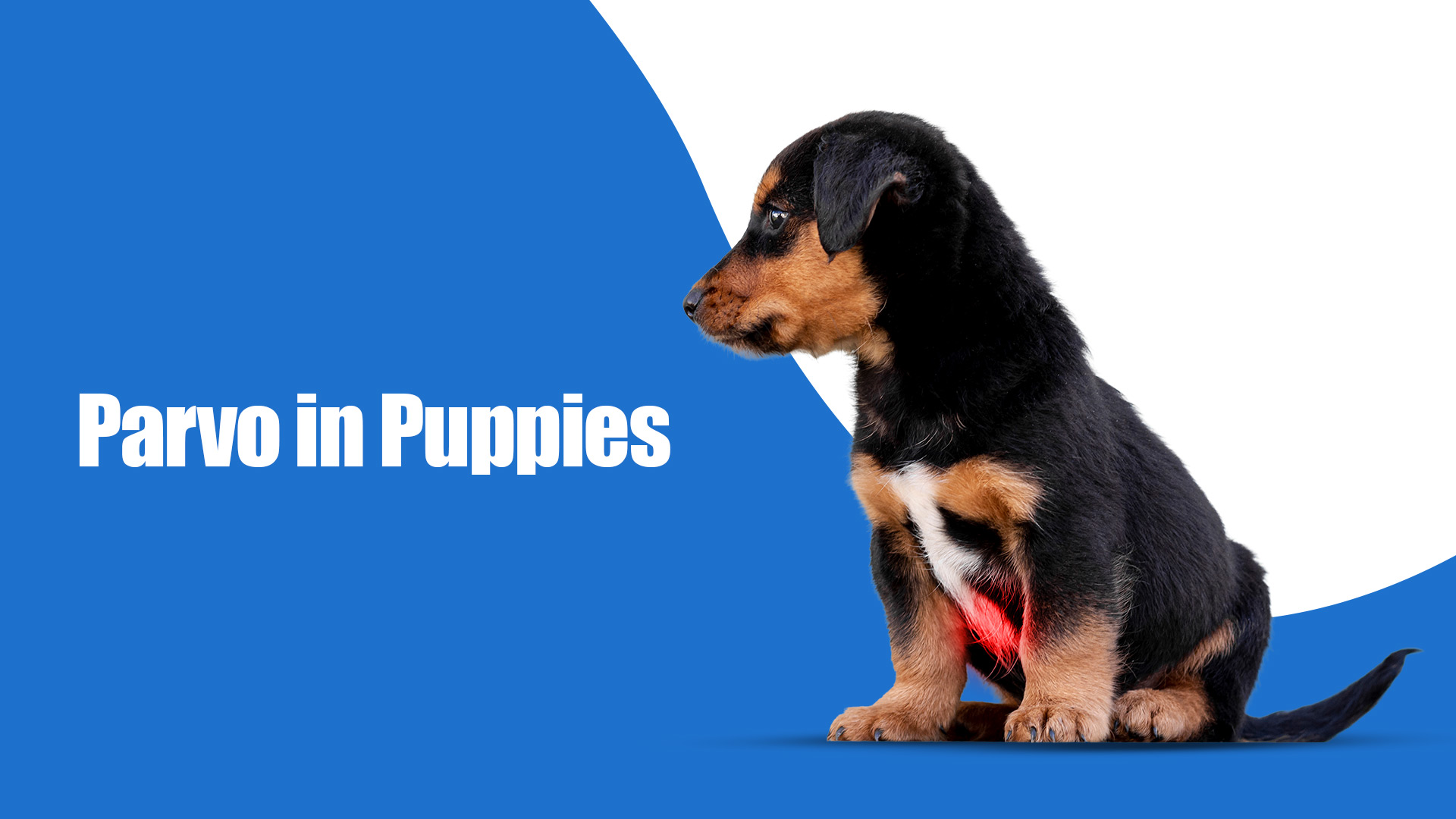
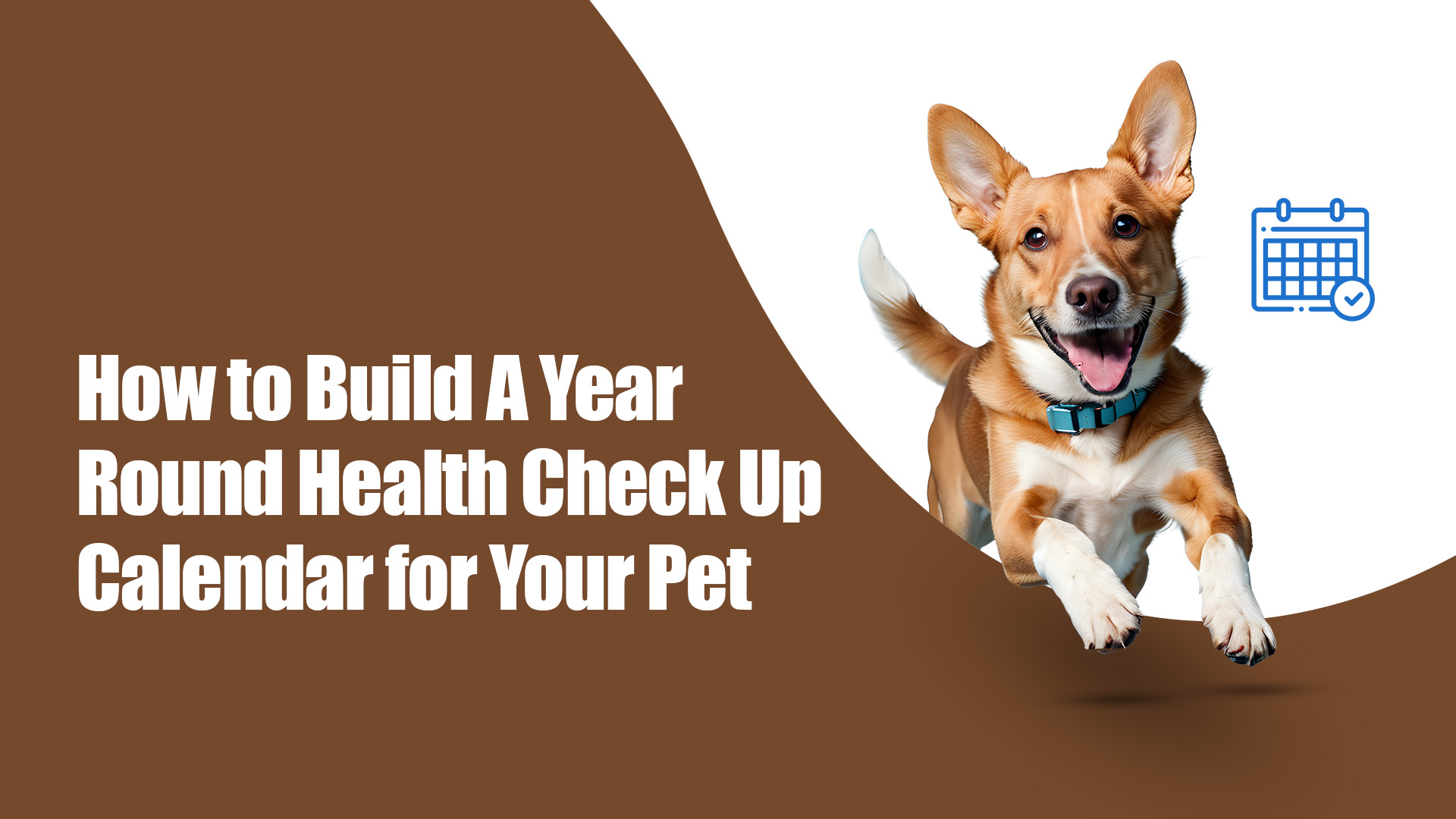
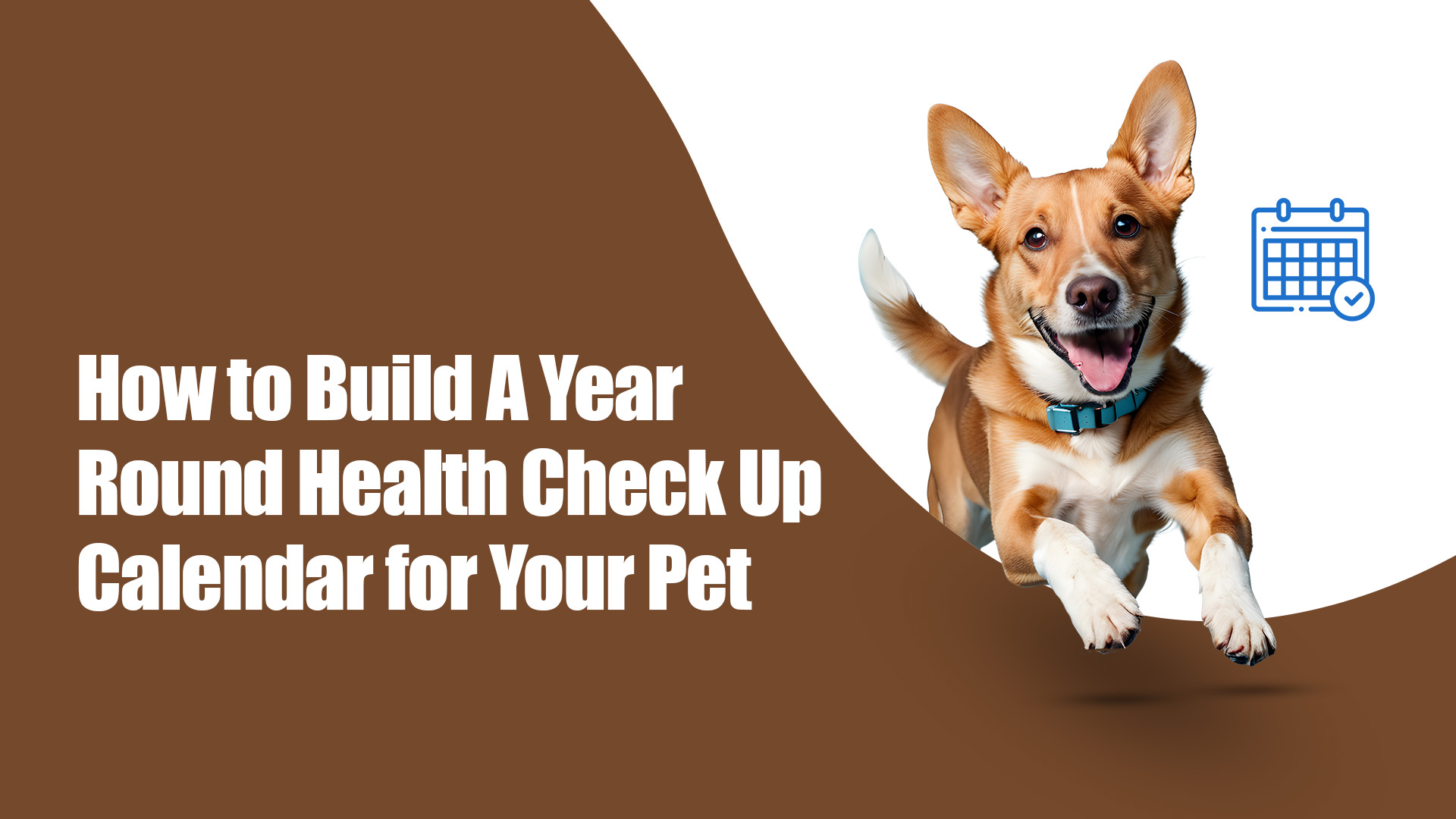


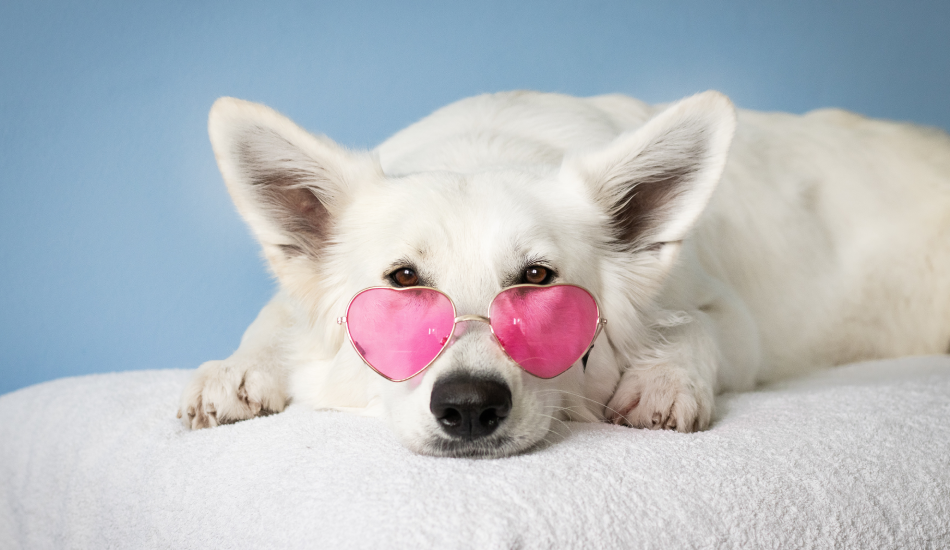

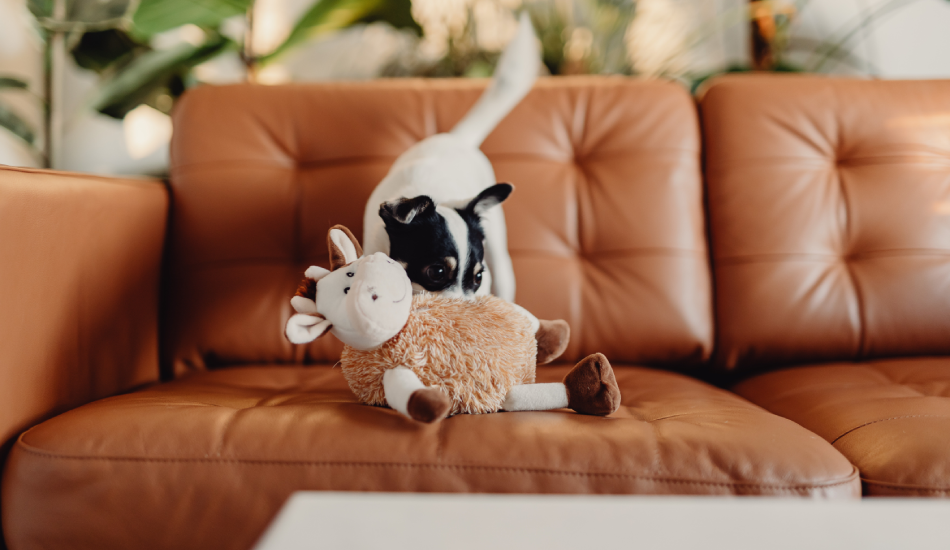
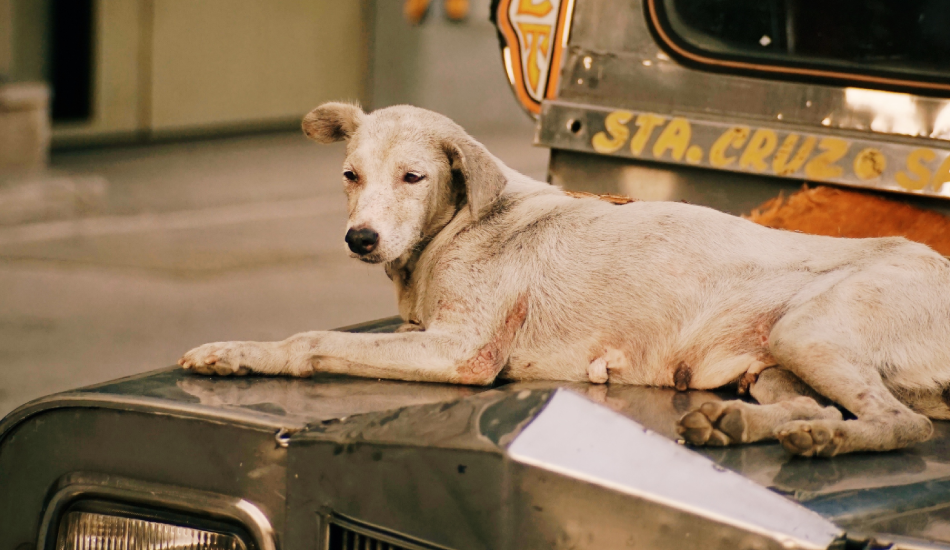

The information below is required for social login
Create New Account